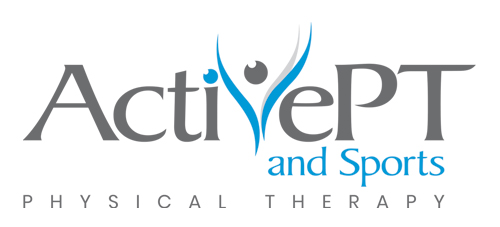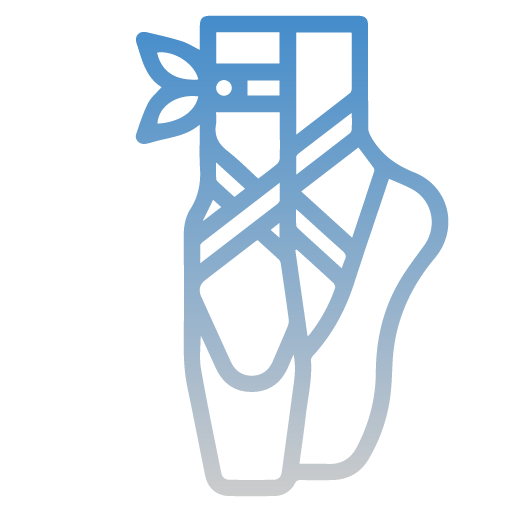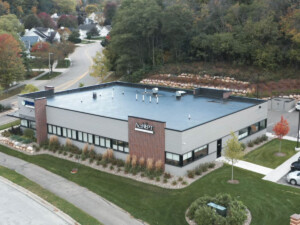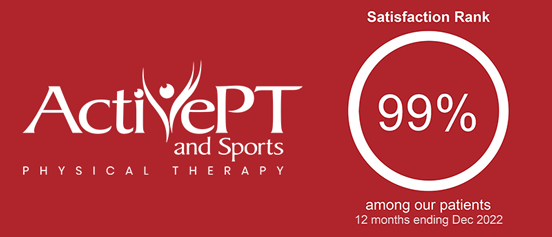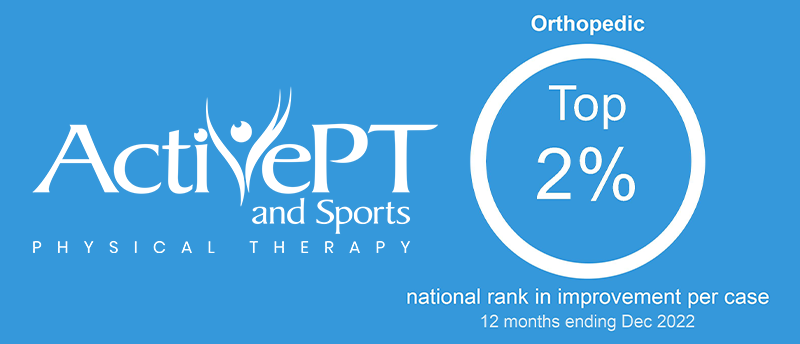Dance Injury Rehabilitation Program
As athletes and artists, dancers have unique demands and pressure placed upon them. The ActivePT Dance Medicine program is dedicated to keep dancers dancing through rehabilitation after an injury. At ActivePT we recognize the importance of understanding dance technique and terminology in order to provide dance-specific physical therapy. Whether you are performing ballet, contemporary, jazz or any other style of dance, injury can occur when you least expect it. The ActivePT Dance Medicine team is passionate and highly skilled at rehabilitating dance-related conditions.
Center Stage
The Dance Injury Rehabilitation Program is designed return you to your potential as a dancer. First, we thoroughly examine your muscle strength, flexibility, and identify any poor movement patterns that may have contributed to your injury. A custom treatment plan is developed to reduce your pain and return you to your optimal performance level. Each therapy session progressively advance exercises that help improve your core strength, posture, balance, and flexibility. Treatment can be specialized to your unique goals and often includes Yoga and Pilates-based principles with an emphasis on dance-specific movements.
Contact ActivePT to set up an appointment to discuss your dancing injury treatment and prevention needs at 507-322-3460.
Common Dance Related Problems
- Back pain – facet dysfunction, overuse injuries, and pain arising from biomechanical causes
- Hip injuries – snapping hip syndrome, hip impingement (FAI), labral tears, hip flexor tendonitis, hip bursitis, and sacroiliac joint dysfunction
- Knee injuries – patellofemoral pain syndrome, jumper’s knee, and painful plie’
- Foot and ankle injuries – Achilles tendonitis, posterior tibialis tendinitis, ankle impingement, ankle sprains, trigger toe and painful releve’, os trigonum/posterior ankle impingement.
- Foot pain – metatarsalgia, bunions, sesamoiditis, plantar fasciitis
- Stress fractures – tibial stress syndrome (shin splints), metatarsal stress, and sesamoid stress fractures
